Smt. Kamala Subramaniam was born on October 4, 1916 in Bangalore. Her father was the eminent Kannada poet and dramatist, Shri T.P. Kailasam. She studied under the distinguished scholar Prof. B.M. Srikantiah. She read avidly both classics and modern thrillers and her knowledge of English literature, especially of Shakespeare, was profound. She also loved philosophy and knew her Bible as well as she knew the Gita. In 1937, Smt. Kamala married Dr. V.S. Subramaniam, a renowned E.N.T. Surgeon of Madras. In spite of her family concerns, she pursued her literary interests and wrote a series of imaginary conversations on the model of Landor's for Triveni under the pen-name "Ketaki". Her love of literature, nursed over the years, expressed itself in her developing a fascination for the Epics and Puranas of India. In the late 60s Smt. Kamala underwent and operation for cancer, which gave her a ten-years lease of life. Lesser mortals would have been un-nerved by this but for Smt. Kamala it came as a challenge and this period turned out to be the most productive literary period of her life. Her first labour of love was the retelling of the Mahabharata. In this masterly condensation, of India's great epic, Smt. Kamala captures with dramatic intensity the movement of the story. As the episodes unfold in Smt. Kamala's vivid narrative, one seems to hear Draupadi's wail of distress, Duryodhana’s arrogant laughter, and even the twang of Arjuna's bow, the Gandiva. The Mahabharata, now its 11th edition, won for Smt. Kamala a great reputation. She followed this up with condensations of Srimad Bhagavatam and Valmiki's Ramayana. Here is a trilogy of more than 2000 pages - a stupendous literary achievement. The epics and puranas epitomize our culture. The heroes and heroines set high standards of nobility, heroism, and chivalry. They have moulded the life and outlook of generations of Indians. Smt. Kamala Subramaniam has left a priceless legacy for the young and the old. The gifted author passed away on February 21, 1983. Smt. Kamala was so self-effacing that she would not even permit her photograph to be printed on the jackets of her books. As a friend of hers wrote: As she wrote, she felt, as she felt, she lived in her invisible world and as she lived, her world grew rich and real for her and so it will grow for us when we read her books.
Read more



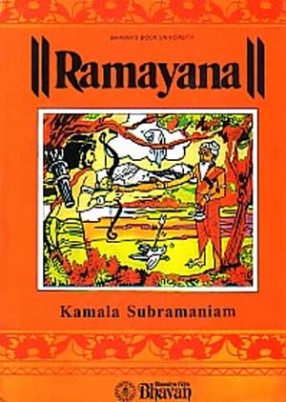
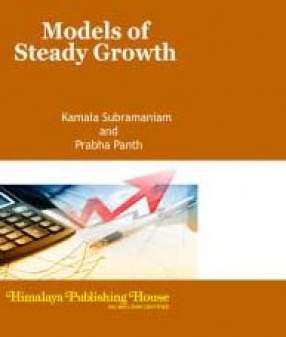
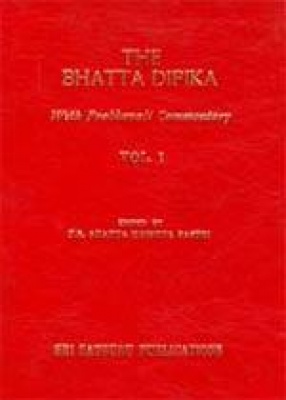

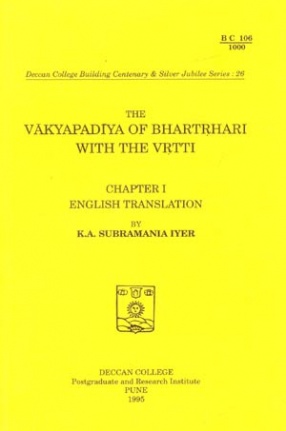
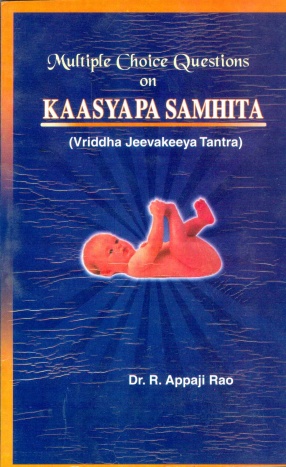

Bibliographic information
Tags